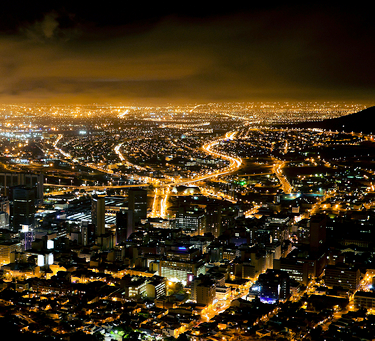Subscriber question:
"As a VFR-only pilot, one of my biggest fears is accidentally flying into a cloud at night. Are there any clues that you may be getting close to clouds?" — Armand C.
Bob:
 “The first step in avoiding an encounter with clouds at night is a good weather briefing. This weather briefing will give you an idea of where the cloud layers are expected. However, don’t expect these forecasts to be precise because they are simply that: forecasts.
“The first step in avoiding an encounter with clouds at night is a good weather briefing. This weather briefing will give you an idea of where the cloud layers are expected. However, don’t expect these forecasts to be precise because they are simply that: forecasts.
Be sensitive to the possibility of encountering unforecasted clouds while flying VFR at night. Do this by observing the intensity of ground lights. If they begin to dim, there may be clouds or increasing moisture below you. Also observe other aircraft in flight, if possible. If you see blooms around your position lights, suspect increasing moisture in the air. When you see these signs, you can suspect that you are close to the clouds.
Be sure to watch for other signs of increasing humidity that may occur close to or just beneath the clouds. You can test for this by briefly turning on your landing light to see if there is a bloom around the light.
Be prepared to make a 180 degree turn if any of these conditions negative to continued VFR flight exists. This is another good reason to be proficient at basic instrument skills gained through practice.”
Have you ever accidentally flown into a cloud at night?
